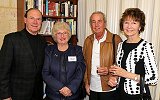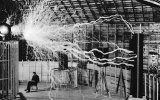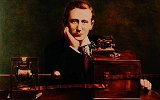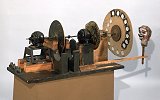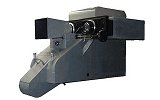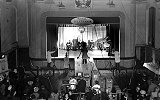
People are probably wondering when the old ABC building in Perth will be cleaned up and made presentable. Veterans who worked there lament its deteriorated state since the ABC vacated, whilst youngsters with no sense of nostalgia most likely want it gone altogether. It looks like many heritage sites, such as the burnt out […]





